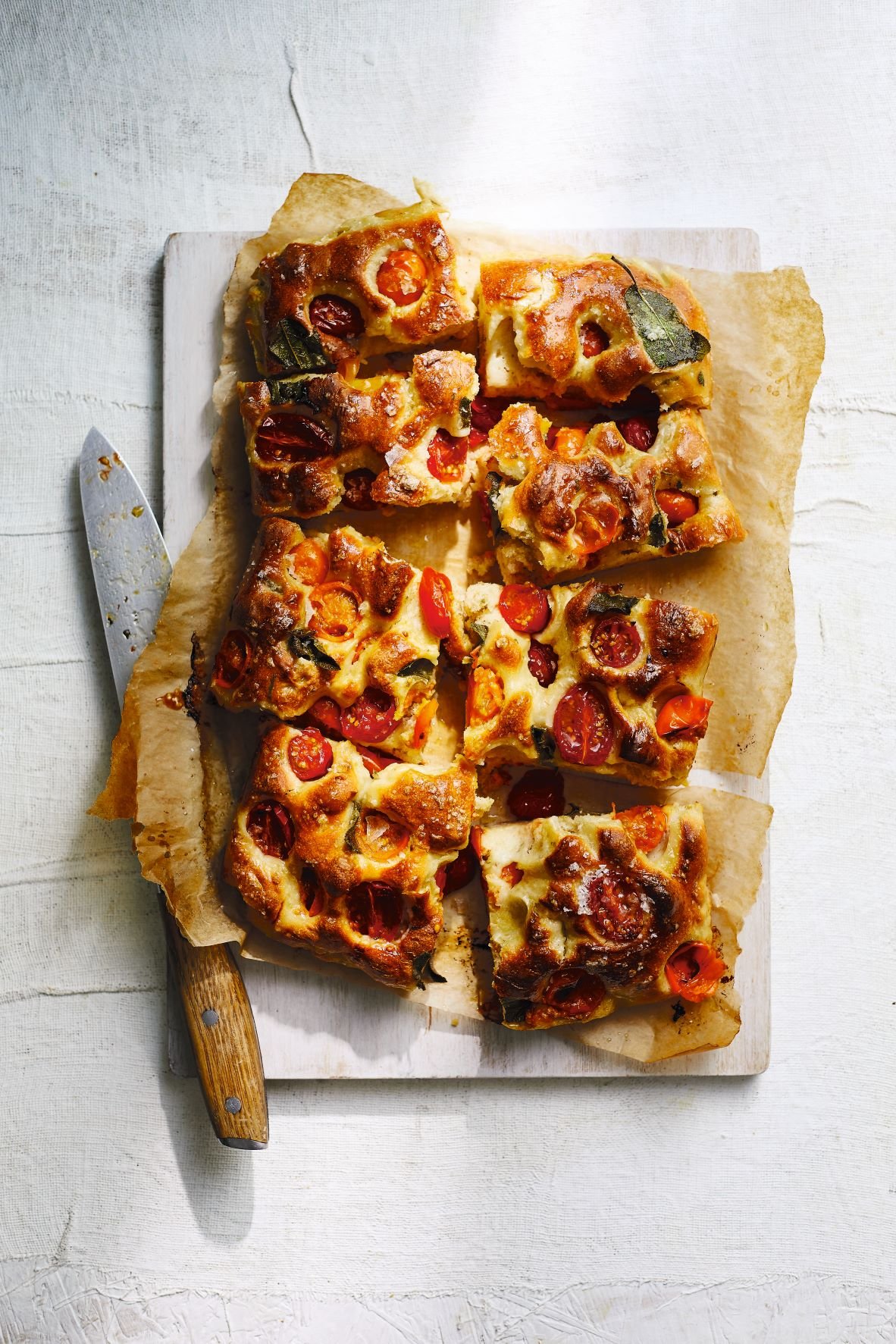This month marks Sourdough September and we can’t think of much that’s more worth celebrating
As summer draws to a close our minds turn to home comforts, particularly those that involve flowery hands and warm smells emanating from ovens. For our September ‘Begin’ issue, we visited Sourdough School to begin finding out from sourdough guru Vanessa Kimbell how to make that delicious, crusty, chewy bread. You can read all about it on p22 of the issue. To give you a flavour, though, we’ve posted one of Vanessa’s simple sourdough recipes here. Don’t say we aren’t good to you. You can find out lots more about sourdough at The Sourdough School.
Allow yourself about 3 –4 hours for the dough to be mixed, folded and shaped ready to place in the coldest part of the fridge to prove overnight.(If you are new to bread making, you can, instead of shaping the dough and putting it into a banneton, grease a 2lb bread tin liberally with butter, let the dough rise in it overnight in the fridge and then bake as per the recipe instructions below.)
Equipment:
A large mixing bowl
A round cane banneton
2 clean tea towels
A Dutch oven or La Cloche
A large heatproof pan, a sharp knife or ‘lame’ to slash the dough with
Ingredients:
300g water
100g sourdough leaven (made with your starter)*
100g of stoneground organic wholemeal flour
400g organic strong white flour
10g fine sea salt mixed with 15g of cold water
25g rice flour mixed with 25g of stone ground white flour (for dusting your banneton)
Semolina to dust the bottom of the baking surface
Makes 1 loaf
Late afternoon
In a large bowl whisk your water and starter and mix well. Add all the flour and mix until all the ingredients come together into a large ball.
Cover with a clean damp cloth and let the dough rest on the side in the kitchen for between 30 mins and 2 hours – this what bakers call Autolyse
Add the salt mixed with the water and dimple your fingers into the dough to allow the salty water and salt to distribute evenly throughout the dough. Leave for 10 mins.
Next lift and fold your dough over, do a quarter turn of your bowl and repeat 3 more times. Repeat 3 times at 30 min intervals with a final 15 min rest at the end.
Shape the dough lightly into a ball then place into a round banneton dusted with flour (If you don’t have a banneton then use a clean tea towel dusted with flour inside a colander). Dust the top with flour, then cover with a damp tea-towel
Leave your dough to one side until it is 50% bigger then transfer to the fridge , and leave to prove there for 8 – 12 hours.
The following morning
The next morning preheat your oven to 220°C for at least 30 mins before you are ready to bake. Place your cloche or baking stone in the oven and a large pan of boiling water underneath (or use a Dutch oven). The hydration helps form a beautiful crust.
Once the oven is up to full heat, carefully remove the baking stone from the oven, taking care not to burn yourself, dust with a fine layer of semolina, which stops the bread sticking, then put your dough onto the baking stone and slash the top with your blade. This decides where the bread will tear as it rises. Bake for an hour.
Turn the heat down to 180°C (and remove the lid if you are using a Dutch oven) and bake for another 10 -15 mins. You need to choose just how dark you like your crust but I suggest you bake until it is a dark brown – it tastes much better.
Storage
Sourdough is really best left to cool completely before slicing and is even better if left for a day to let the full flavour develop. Once your sourdough has cooled, store in a linen or cotton bread bag, or wrapped in a clean tea towel. If you don’t like a crunchy crust on your sourdough bread, simply wrap your bread in a clean tea towel whilst it is still warm.
* To make 100g of leaven, use 1 tbsp of sourdough starter, 40g of water and 40g of strong white flour, mix well and leave, covered on the side in the kitchen in the morning. It will be lively and bubbly and ready to bake with in the evening.
Get hold of your copy of this month's The Simple Things - buy, download or subscribe







